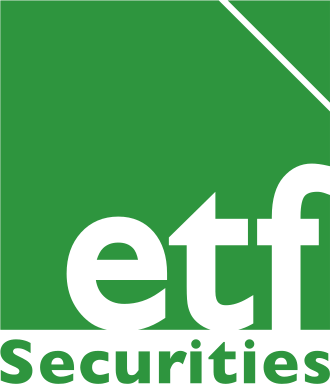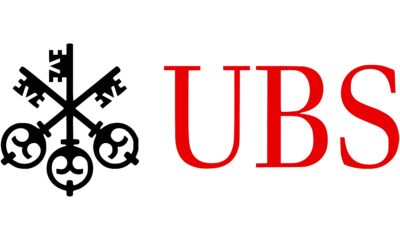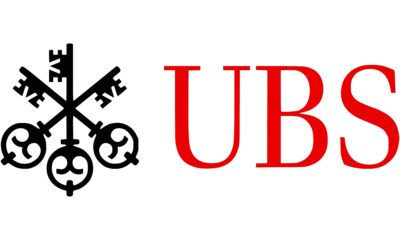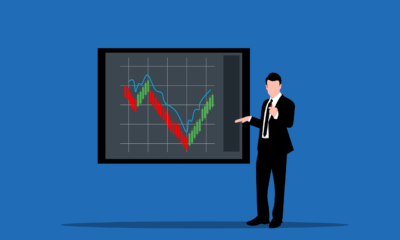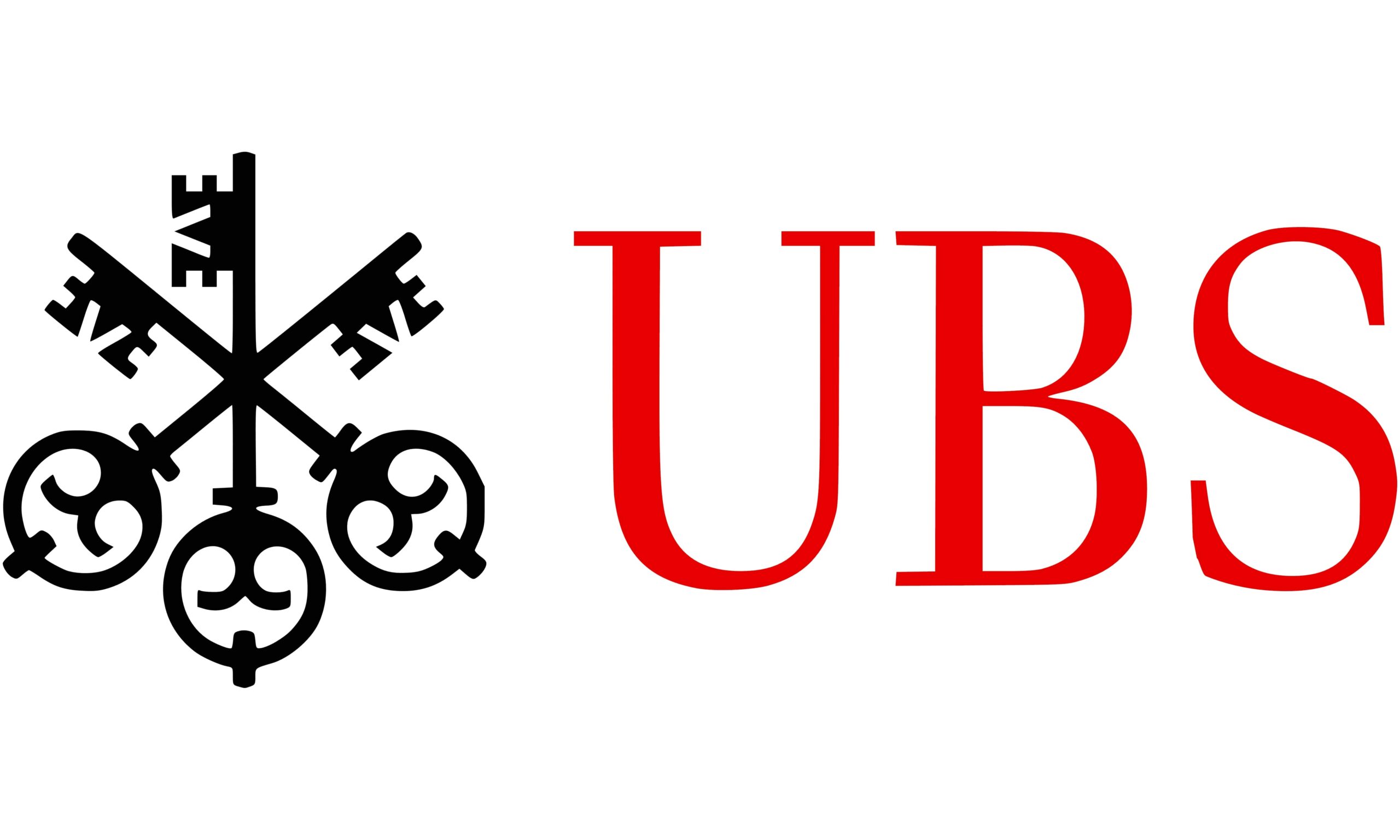ETF Securities Portfolio Insights: Key considerations in choosing a commodity index
Highlights
- The composition of a commodity index, the liquidity of its underlying contracts and the complexity of its rolling schedule can have an impact on its performance.
- Getting exposure to futures contracts further out on the curve with enhanced commodity strategies, is an easier and more efficient way to improve return than increasing the complexity of the index rolling schedule.
- Adding enhanced commodity indices to a portfolio of global equities and bonds, improves the Sharpe ratio by 3% on average compared to classic commodity indices.
There are a number of factors that need to be considered when choosing a commodity index to invest in. Historical back-tested performance only presents one part of the picture. The cost of investing in an instrument, such as an Exchange Traded Product (ETP), that tracks commodity returns can vary widely depending on a number of key factors.
The index composition and weighting
The composition and weighting of a commodity index define its level of diversification. The more diversified the index is, the better the investor is protected from the downside risk when the commodity index is added to a multi-asset portfolio.
The composition of major commodity benchmarks can vary significantly as illustrated above. For example, the Bloomberg Commodity Index (BCOM) has 31% in agriculture and 28% in energy while the S&P GSCI and the Deutsche Bank Liquid Commodities Index Optimum Yield (DBLCI-OY) have more than 50% concentrated in the energy sector.
A closer look at the individual commodity level shows that 40% of the S&P GSCI index is only in oil (23% in WTI crude and 16% in Brent crude) while other commodity indices allocate a maximum of 13% to a single commodity. The weightings change marginally over time. The closer the index can get to an equal weighting, the better its level of diversification.
Modifying the composition and weighting of an index while keeping the same rolling methodology tends to increase return, by 2.3% for UBS indices and 0.9% for Deutsche Bank indices since the end of December 2015, as illustrated above.
The index rolling strategy
In this section, we analysed the performance of four commodity indices in order to assess the impact that “enhanced” rolling strategies can have on returns. All four indices are exposed to the same constituents with the same weights as BCOM but apply different rolling strategies.
The next chart shows the additional return of three different enhanced strategies compared to BCOM. The first strategy increases the index average maturity from 2 or 3 months with BCOM to 5 or 6 months with the BCOM 3 Month Forward Index (BCOMF3). Index providers tend to use this strategy to help mitigate the impact of contango (negative roll yield) on the index’s total return. This strategy improved return by 2%.
Applied to the Deutsche Bank Commodity Booster index, the optimum yield strategy is exposed to contracts that expire up to 13 months from now based on the best implied roll yield. This strategy outperforms BCOM by 2.5%. The constant maturity strategy, used by the UBS Bloomberg BCOM Constant Maturity index, rolls a small portion of its exposure every day in order to maintain its average maturity, outperforming BCOM by 2.6%.
Increasing the complexity of the rolling methodology with the optimum yield and constant maturity strategies only adds 0.5% and 0.6% extra return respectively compared to the strategy that simply increases the index average maturity.
The impact on operational costs
The number of contracts an index tracks and the frequency and complexity of the rolling schedule can have an impact not only on performance as seen previously, but also on the operational costs of replicating the index.
We here distinguish between commodity indices with a classic roll methodology: BCOM, S&P GSCI, the Rogers International Commodity Index (RICI) and the Thomson/Reuters CRB index (CRB), and commodity indices that aim to improve the classic strategy, typically called enhanced commodity indices.
The above chart shows the number of transactions in each index, defined as the number of times each constituent has to roll in a year, multiplied by the number of days during each roll. The UBS BCOM CMCI Index has the largest number of transactions as it rolls a small portion of its exposure every day to maintain each constituent’s average maturity over time. The methodology of an investable commodity index needs to be replicable. The more complex the rolling schedule is, the higher the replication costs which may lead to higher tracking errors.
The liquidity of the underlying futures contracts that the index holds is also a key factor to consider, as an illiquid contract can cause disruption in the daily pricing of the commodity index and prevent investors from purchasing or redeeming their funds when they want. The further out on the curve the exposure is, the less liquid the futures contract. The above chart shows how much an investor can buy or redeem from an instrument that tracks the index without disrupting the daily pricing of the underlying futures market.
Commodity indices in a portfolio
In this section, we compare the performance of portfolios with 50% in global equities, 40% in global bonds and 10% in commodities to a standard portfolio of 60% global equities and 40% global bonds, the benchmark, since 1998.While enhanced commodity indices tend to perform better than classic commodity indices, adding them to a portfolio of equities and bonds improves the Sharpe ratio by just 3% on average: from 0.72 on average for portfolios with 10% in classic commodity benchmarks to 0.75 on average for portfolios with 10% in enhanced commodity indices.
For more information contact:
ETF Securities Research team
ETF Securities (UK) Limited
T +44 (0) 207 448 4336
E info@etfsecurities.com
Important Information
This communication has been issued and approved for the purpose of section 21 of the Financial Services and Markets Act 2000 by ETF Securities (UK) Limited (“ETFS UK”) which is authorised and regulated by the United Kingdom Financial Conduct Authority (the “FCA”).

 Nyheter3 veckor sedan
Nyheter3 veckor sedan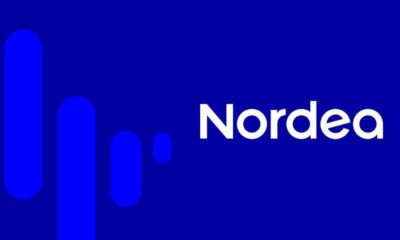
 Nyheter3 veckor sedan
Nyheter3 veckor sedan
 Nyheter3 veckor sedan
Nyheter3 veckor sedan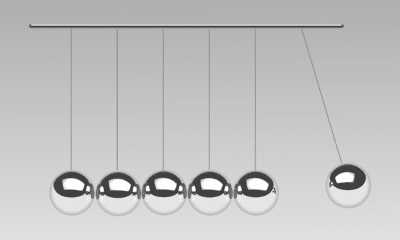
 Nyheter2 veckor sedan
Nyheter2 veckor sedan
 Nyheter2 veckor sedan
Nyheter2 veckor sedan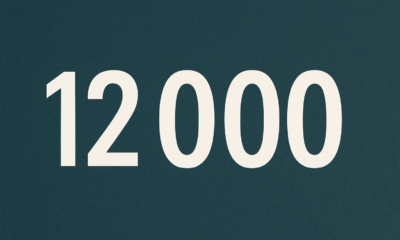
 Nyheter2 veckor sedan
Nyheter2 veckor sedan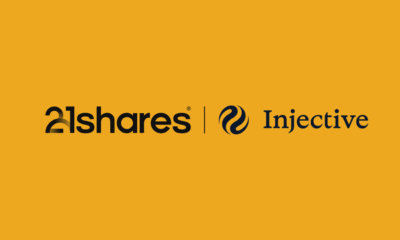
 Nyheter2 veckor sedan
Nyheter2 veckor sedan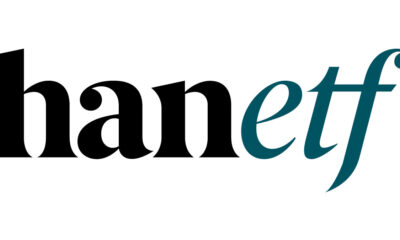
 Nyheter2 veckor sedan
Nyheter2 veckor sedan
